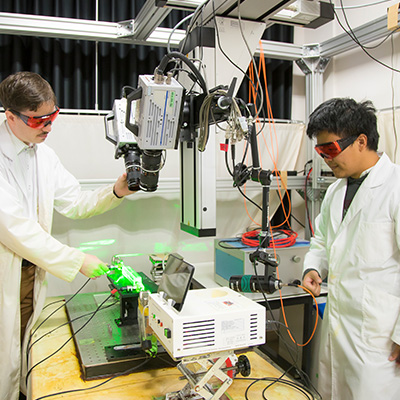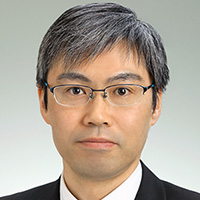 Professor
ProfessorFor technical innovation of treatment and prevention for diseases, it is essential to elucidate mechanisms of homeostasis and in vivo phenomena involved in development and progression of the diseases. We are investigating individual cell responses to spatiotemporal variations of microenvironment, as well as cell-cell and cell-extracellular matrix interactions, and conducting research to operate them. Through research activity by integrating biomedical engineering and cell biology based on fluid engineering, a good grounding to conduct interdisciplinary research will be developed.
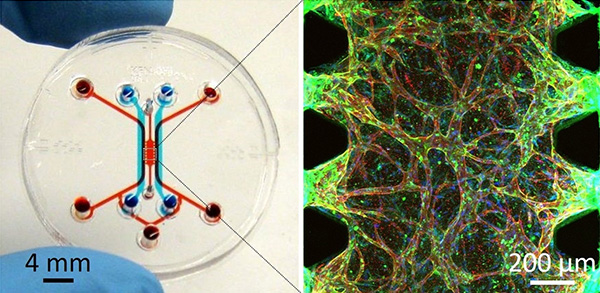
A microfluidic device to mimic in vivo microenvironment, and a microscopic image of microvascular network created inside the device.
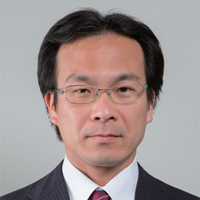 Professor
ProfessorThe focus of this laboratory is to develop new concept of implant especially based on flow and to establish new methods for evaluating the implants. For example, when you treat a cerebral aneurysm with endovascular treatment, you should know the effects of medical devices on controls of blood flow. The flow may depend on the geometry, materials and clinical conditions. Since these are so big issues, we collaborate with biomaterial groups, biomechanical groups, and medical groups to gather their top knowledge.
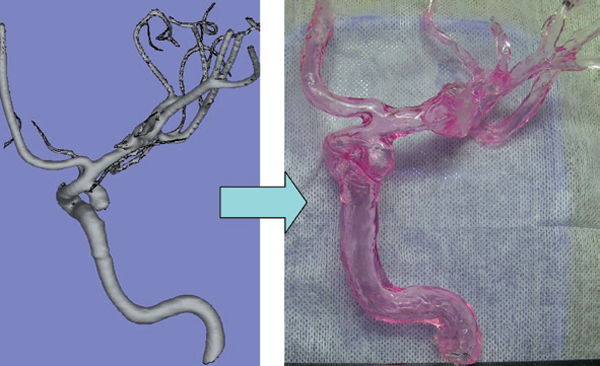
Development of cerebral aneurysm model with realistic physical material properties.
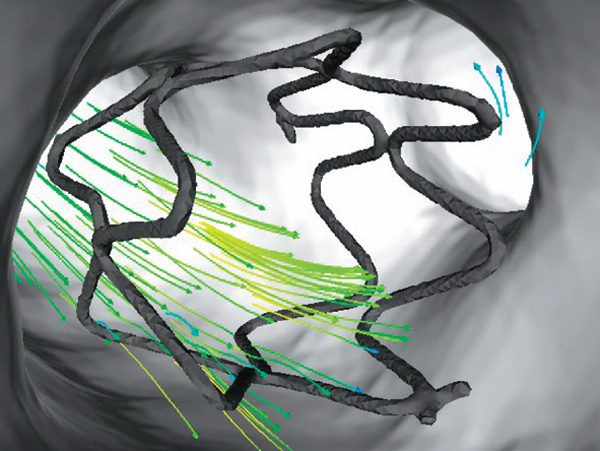
Blood flow in stent on cerebral artery with aneurysm
